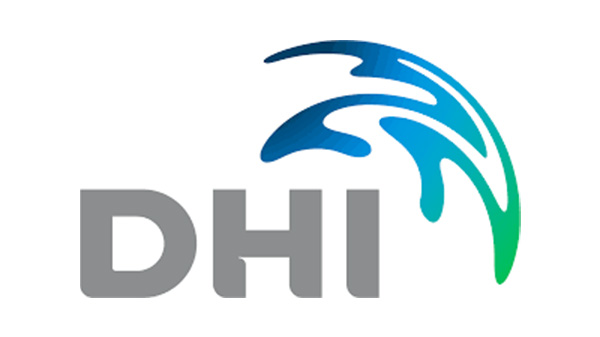Project Description
DHI is an independent, international consulting and research organisation. Our objectives are to advance technological development and competence within the fields of water, environment and health. Our research and development is linked to our market areas; we offer research-based solutions within a wide range of consulting services and leading edge technologies, software tools, chemical / biological laboratories and physical model test facilities as well as field surveys and monitoring programs. We are approximately 1040 employees based in 30 countries worldwide. In Denmark, DHI has a Performance Contract with the Danish Ministry of Higher Education and Science. In our Singapore office, DHI, together with NTU, leads an interdisciplinary water & environment research centre and education hub. DHI has acquired extensive experience and competence from participation in a number of research projects related to the topics listed above. DHI enjoys international collaboration with more than 70 universities worldwide.
DHI Environment and Toxicology (EAT) is a part of DHI. We have a fully equipped ecotoxicological laboratory with is authorized by the National Testing Board of Denmark and has implemented GLP (Good Laboratory Practice) according to the OECD principles. The staff of EAT at approx. 65 employees are experts in chemical substances and materials: Our expertise includes modelling of the migration of substances from food packaging material, human and environmental exposure modelling, human and environmental risk assessment and ecotoxicological testing. DHI EAT possesses an extensive knowledge base related to chemicals regulations (REACH, GHS/CLP, safety data sheets etc.) worldwide. The knowledge includes nanoparticles and their fate and effects on human and the environment. The DHI EAT team works together with a large number of industrial companies, authorities and universities.
Role in NanoPack:
- Leading the work package on human and environmental risk assessment and product safety including:
- Screening of the acute ecotoxicity (in-vivo) of up to five HNTs
- In-vivo testing of the effect of up to three HNTs on the reproduction of a crustacean
- Exposure and risk assessment for consumers and the environment
- Contribute with regulatory knowledge in safety related to nanomaterials, antimicrobial agents and food packaging materials
- Deliver input to other partners and WPs on health and safety and environmental protection especially related to HNTs
- Involved in dissemination activities
- Providing input into the Life Cycle Assessment.

